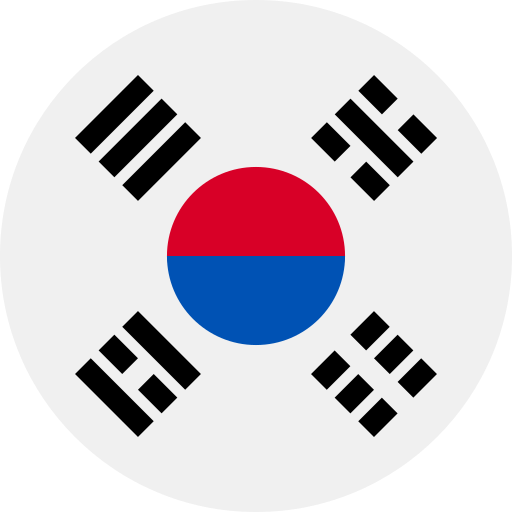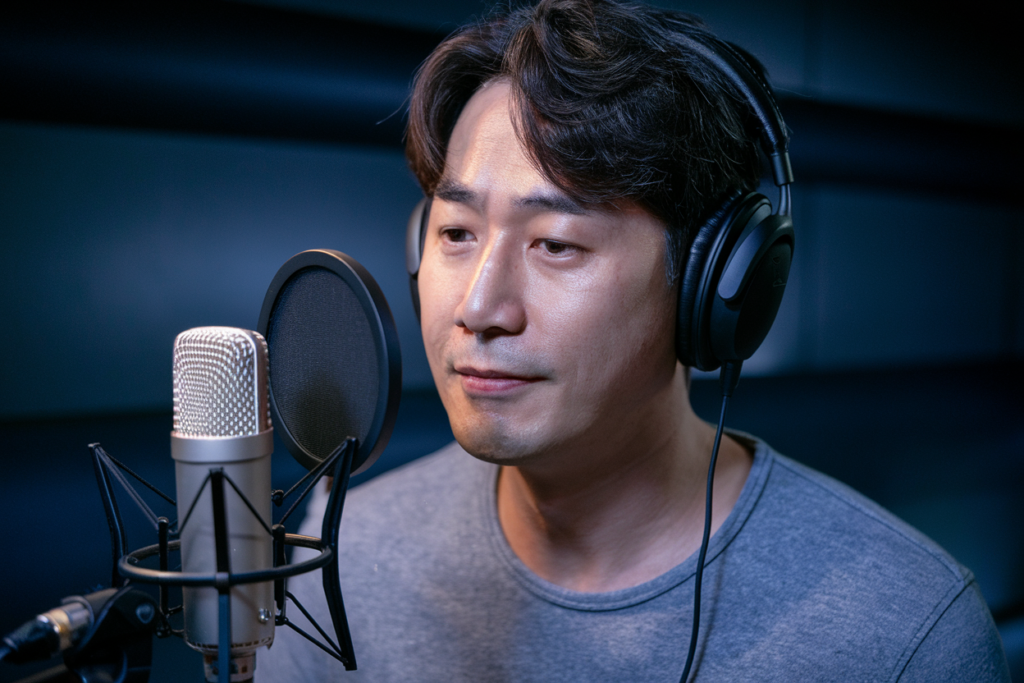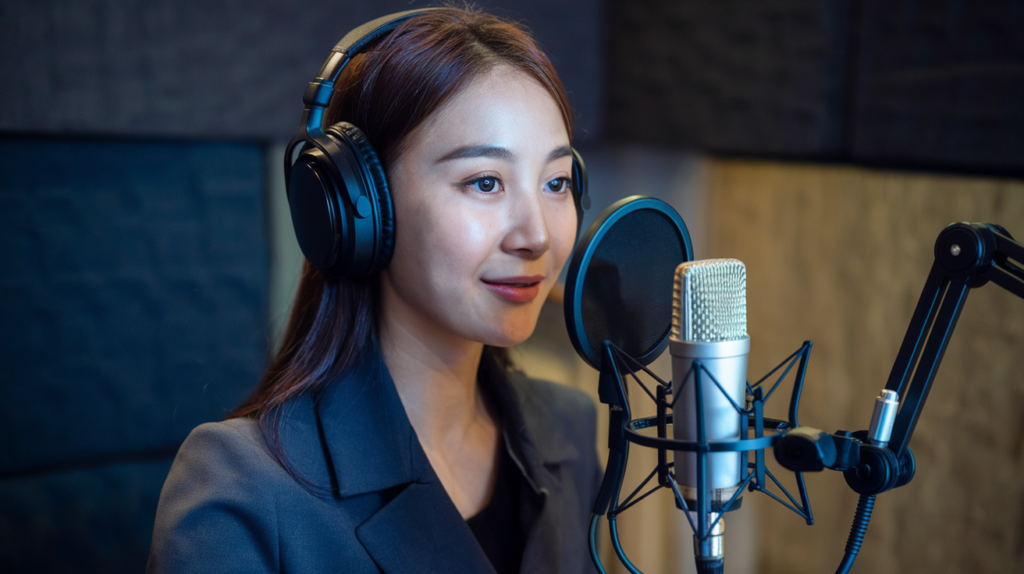Key Takeaways
- Historical Roots: Korean language origins trace back to at least the 1st century BCE, influenced by neighboring languages and cultural exchanges throughout history.
- Phonetic Evolution: Pronunciation has transformed over time, with significant changes in consonant distinctions and intonation patterns that enhance clarity in communication.
- Grammatical Structure: Modern Korean employs a subject-object-verb (SOV) order and simplified grammatical features while retaining core elements like agglutination for nuanced expression.
- Vocabulary Growth: The integration of loanwords from languages such as Chinese and English reflects Korea’s engagement with global culture, alongside native vocabulary that adapts to contemporary society.
- Dialect Diversity: Various Korean dialects (“satoori”) showcase regional identities, each contributing unique characteristics to the language while enriching cultural understanding.
- Technological Influence: Digital platforms have accelerated vocabulary expansion and introduced new slang, shaping modern usage of the Korean language in everyday communication.
Ever wondered how Korean evolved linguistically into the rich language it is today? The journey of Korean isn’t just a tale of words; it’s a fascinating blend of history, culture, and identity. From its ancient roots to modern adaptations, understanding this evolution can unlock insights about Korea itself.
Historical Background of the Korean Language
The Korean language boasts a rich and complex history, reflecting Korea’s diverse cultural landscape. Its evolution encompasses ancient origins, influences from neighboring languages, and significant changes over centuries.
Ancient Origins
Korean traces its roots back to at least the 1st century BCE. Proto-Korean speakers inhabited the Korean Peninsula, forming early dialects that laid the foundation for modern Korean. Linguistic evidence suggests connections with other languages in Northeast Asia, hinting at a shared ancestry. The earliest known form of written Korean appears in inscriptions from the Three Kingdoms period (57 BCE – 668 CE), where classical Chinese characters were employed to represent Korean sounds.
Influence of Neighboring Languages
Korean has absorbed linguistic elements from various neighboring languages throughout its development. Influences include:
- Chinese: A major source of vocabulary since at least the 4th century CE due to cultural exchange and Confucianism.
- Mongolic: Words related to daily life and governance entered Korean through interactions during historical periods such as Goryeo (918-1392).
- Japanese: Borrowings occurred during Japan’s occupation of Korea (1910-1945), impacting both vocabulary and phonetics.
These interactions shaped not only vocabulary but also grammatical structures in certain contexts. Understanding these influences reveals how deeply interconnected Korea’s language is with its historical narrative and regional dynamics.
Phonetic Changes in Korean
Phonetic changes significantly shaped the evolution of the Korean language. Over centuries, these changes influenced both pronunciation and overall communication.
Evolution of Pronunciation
Pronunciation in Korean has undergone notable transformations since its early stages. Early forms of Korean featured sounds that have either disappeared or merged over time. For instance, the distinction between certain consonants diminished, resulting in a more streamlined phonetic structure. The introduction of Hangul in the 15th century also refined pronunciation by providing a clear representation of sounds, aiding learners in mastering spoken language.
Changes in Stress and Intonation
Stress and intonation patterns also evolved within the Korean language. Traditional Korean relied on pitch accent, where syllable tone indicated meaning differences. Modern usage has shifted towards a more consistent stress pattern that aligns with word structures rather than pitch variations alone. These adjustments contribute to clearer communication and enhanced understanding among speakers, making it easier for you to grasp nuances during conversations or while engaging with media content like films or songs.
By recognizing these phonetic shifts, you’ll appreciate how they reflect Korea’s dynamic linguistic history and cultural identity.
Grammatical Developments
Korean grammar has undergone significant changes throughout its history, shaping the language into its modern form. The evolution of grammatical structures reflects Korea’s cultural shifts and influences from neighboring languages.
Structure of Modern Korean
Modern Korean exhibits a subject-object-verb (SOV) order, which organizes sentences in a distinctive way. You typically place the subject first, followed by the object, before concluding with the verb. This structure supports clarity in communication and emphasizes actions. Additionally, modern Korean uses various particles that indicate relationships between words, enhancing meaning without altering word order. These particles serve as crucial elements in conveying nuances like tense and politeness levels.
Comparison with Old Korean
Old Korean showcased several grammatical features that differ from what you see today. It included more complex honorifics and varied verb conjugations based on social status and context. While modern forms simplified some aspects of grammar for ease of communication, they retained core elements such as agglutination—where affixes attach to root words to modify meanings or functions. Understanding these differences highlights how historical changes have streamlined expression while preserving cultural significance.
By examining these grammatical developments, you can appreciate how deeply intertwined language is with identity and heritage in Korea’s linguistic journey.
Vocabulary Expansion
Korean vocabulary has expanded significantly, reflecting cultural exchanges and historical developments. This growth showcases the language’s adaptability and ability to integrate diverse influences.
Loanwords from Other Languages
Loanwords play a vital role in modern Korean lexicon. Korean incorporates numerous words from languages like Chinese, English, and Japanese. For example, terms related to technology or lifestyle often derive from English. Words such as “computer” (컴퓨터) and “internet” (인터넷) illustrate this trend. The presence of these loanwords indicates Korea’s engagement with global culture while enriching its linguistic landscape.
Native Korean Lexical Growth
Native Korean vocabulary also continues to grow through the creation of new terms or repurposing existing ones. Many native words reflect traditional concepts or modern innovations. For instance, the term “친구” (chingu), meaning friend, captures social relationships deeply rooted in Korean culture. Additionally, neologisms emerge regularly to describe contemporary phenomena like digital communication trends or fashion styles. These developments highlight how the core of the language evolves alongside societal changes while maintaining a strong connection to its heritage.
Through both loanwords and native growth, Korean vocabulary illustrates a dynamic interplay between tradition and modernity that shapes everyday communication.
Modern Korean Language Varieties
Modern Korean encompasses various dialects, each with unique characteristics. These dialects reflect regional identities and cultural nuances across Korea.
Dialects and their Distinctions
Korean has several distinct dialects, known as “satoori.” The most notable include:
- Seoul Dialect: Considered the standard form, it’s prevalent in media and education. It serves as a benchmark for language learning.
- Gyeongsang Dialect: Found in areas like Busan and Daegu, this dialect features a distinctive intonation pattern that can be quite melodic.
- Jeolla Dialect: Spoken in Jeolla Province, it includes unique vocabulary and pronunciation differences from the Seoul standard.
- Incheon Dialect: This variant often shows influences from nearby regions while maintaining its own distinct traits.
Each of these dialects offers insights into local culture. Understanding these variations enriches your appreciation of the language’s diversity.
The Impact of Technology on Language Use
Technology significantly shapes modern Korean language use. Digital communication platforms have influenced vocabulary expansion with terms like “컴퓨터” (computer) becoming commonplace. Social media also promotes slang and informal expressions that evolve rapidly.
Mobile applications facilitate language learning through interactive experiences. They provide instant access to resources for mastering pronunciation or grammar patterns.
As technology continues to advance, so will the ways you engage with modern Korean—making it essential to stay updated on emerging trends in usage and expression.
Conclusion
Korean’s linguistic evolution is a testament to its rich cultural tapestry. As you explore the language’s journey through time, you’ll find that every change reflects deeper societal shifts and historical influences. The interplay between traditional roots and modern adaptations creates a vibrant communication landscape.
Embracing both regional dialects and global influences ensures Korean remains dynamic and relevant. With the rise of technology shaping vocabulary and expression, staying attuned to these trends will enhance your understanding of this fascinating language. Engaging with Korean today means connecting with an ever-evolving identity that honors its past while welcoming the future.
Frequently Asked Questions
What is the historical origin of the Korean language?
The Korean language traces its roots back to at least the 1st century BCE with Proto-Korean speakers. Early dialects laid the foundation for modern Korean, influenced by neighboring languages like Chinese, Mongolic, and Japanese.
How has phonetics evolved in the Korean language?
Phonetic changes have significantly shaped Korean over time. Early sounds have merged or disappeared, creating a streamlined structure. The introduction of Hangul in the 15th century improved pronunciation clarity, helping learners master spoken language.
What are key grammatical developments in modern Korean?
Modern Korean features a subject-object-verb (SOV) order and uses various particles to indicate relationships between words. While earlier forms had complex honorifics and verb conjugations based on social context, modern grammar simplifies some aspects while retaining core elements.
How has vocabulary expanded in the Korean language?
Korean vocabulary has grown through cultural exchanges and loanwords from languages like Chinese and English. Examples include “computer” (컴퓨터) and “internet” (인터넷). Native vocabulary also expands as new terms emerge alongside societal changes.
What are regional dialects in Korea?
Distinct dialects known as “satoori,” such as Seoul, Gyeongsang, Jeolla, and Incheon dialects reflect regional identities. Understanding these variations enhances appreciation for Korea’s linguistic diversity and cultural nuances.
How does technology influence the use of modern Korean?
Technology impacts vocabulary expansion through digital communication platforms that rapidly evolve slang and informal expressions. Mobile applications facilitate language learning by providing resources for mastering pronunciation and grammar effectively.







